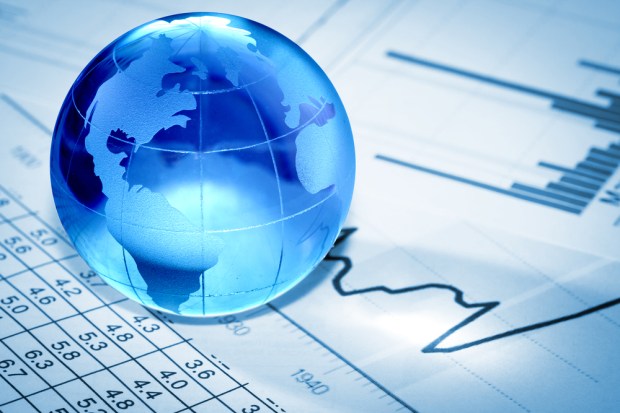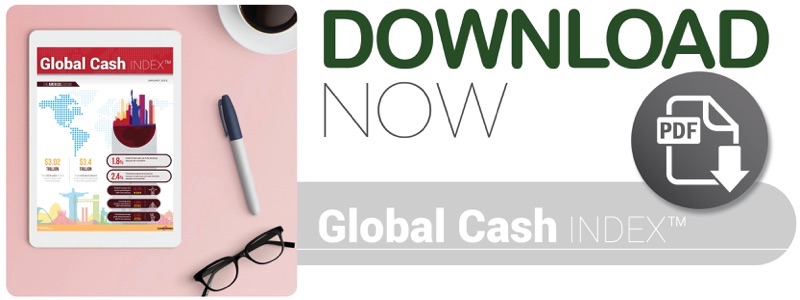NEW REPORT: Cash Usage In The Digital Americas

Cash’s role in commerce dates back to 600 B.C. and, given its centuries-old influence in commerce, it’s no wonder it still thrives in today’s global economies — even as competition from new payment methods has started to emerge.
But are these new payment tools beginning to chip away at cash’s influence?
In the Americas, cash is still being put to use by a solid chunk of the population, notably among North American nations. In the U.S., for example, it continues to be the most popular method of payment for small-value, everyday purchases.
What’s more, an estimated 24 percent of U.S. citizens make all their purchases using cash. The U.S. also boasts a greater ATM availability score of 60, according to the PYMNTS ATM Availability Index, almost twice as high as the Americas ATM availability score of 32.
Meanwhile, cash plays an even more significant role in Mexico. PYMNTS research found that roughly half of Mexican households do not have access to a bank account and, as a result, rely solely on cash. The same research estimates that cash use in the country will grow at a CAGR of 20.4 percent between 2016 and 2021.
Further south, cash usage remains high in Brazil, but the largest economy in South America is starting to see changing consumer preferences. In fact, there are signs that cash is facing growing competition from alternate payment methods. Brazil’s government has announced plans to reduce the usage of physical currency, which could create an opening for newer payment methods to gain ground in the Americas.
Despite these developments, however, cash in Brazil appears to headed for greater growth than the U.S. or Mexico. PYMNTS projects it will grow at a CAGR of 35.9 percent from 2016 to 2021.
Other key findings in the Global Cash Index: Americas Edition
- In the U.S., cash usage grew by 4.7 percent per year between 2000 and 2015.
- Cash accounts for 90 percent of consumer transactions in Mexico.
- Approximately 80 percent of Brazilian households have a payment card, which is used for 30 percent of household purchases.
- The Americas scored 32 out of 100 on the ATM Availability Index, a score similar to that of Western Europe (33 out of 100) and higher than the Worldwide Average of 28 out of 100.
- The value of cash-based transactions made in the Americas in 2016 is valued at approximately $3.02 trillion.
Using smartphones to expand cash access
The Global Cash Index™ also found that roughly one-quarter of U.S. citizens make all of their purchases using cash. Meanwhile, approximately 9 percent of Americans do not have access to a checking, savings or money market accounts, meaning they are more likely to rely on cash when making and accepting payments. To help these un- and underbanked U.S. citizens, Cross River Bank of Teaneck, New Jersey, recently launched a new service intended to make it easier for such customers to access cash.
In the latest edition of the Global Cash Index, Cross River’s senior vice president and general manager of payments, Ben Isaacson, spoke with PYMNTS about how the smartphone-based service aims to help customers access cash-based services for rebates, emergency funds and more by tapping into a large nationwide network of ATMs. The service, he noted, could be especially appealing to tech-savvy millennials.
“Millennials love getting text messages saying your money’s there and [they] just need to go to the nearest ATM,” Isaacson said.
For more insights on the shifting nature of cash in the Americas, click here to download the report.
About the Index
The Global Cash Index™, a Cardtronics collaboration, focuses on the use of cash for making payments and as a payment method that equally plays a role with cards, checks, direct debit and other methods consumers and businesses use to settle up. Unlike most reported estimates of cash, our proprietary data analysis focuses on the use of cash for making payments rather than hoarding.

